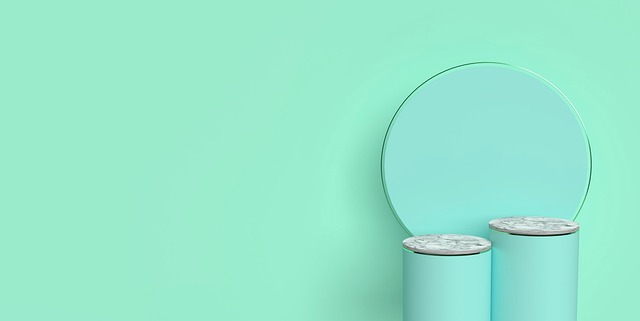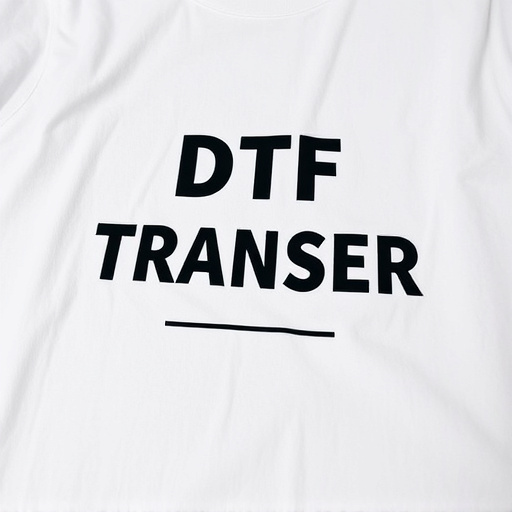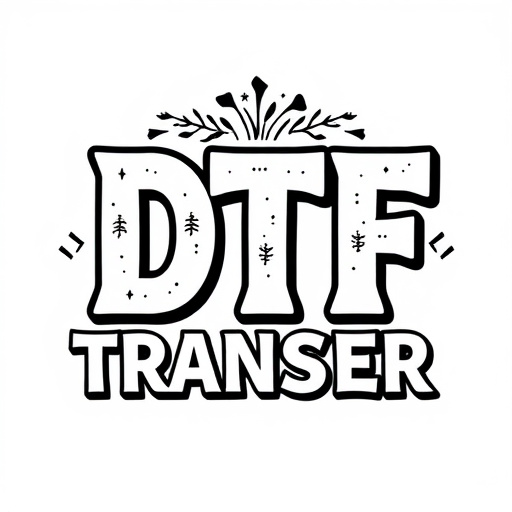Direct-to-Film (DTF) technology offers high-quality, permanent image creation on film surfaces, ideal for signage, displays, and outdoor applications. While lifespan varies based on printing quality, environmental factors, and care, best practices like using superior films, inks, and meticulous laminating ensure longevity. DTF has proven durability in diverse industries, with case studies showing vibrant prints after years of harsh weather exposure. Proper maintenance, including regular cleaning and storage in cool, dry conditions, extends DTF transfer lifespan. Future advancements focus on developing fade-resistant inks and coatings, promising even longer-lasting solutions for demanding environments.
Direct-to-film (DTF) transfers have revolutionized various industries, offering high-quality, durable printing solutions. This article delves into the lifespan of DTF transfers, exploring factors like material composition and environmental conditions that impact longevity. We examine industry standards and best practices to ensure optimal durability, present real-world case studies, and offer care guidelines. Additionally, we discuss emerging trends enhancing DTF transfer durability. Understanding these aspects is crucial for maximizing the life of DTF applications in diverse sectors.
- Understanding Direct-to-Film (DTF) Transfers: An Overview
- Factors Affecting DTF Transfer Lifespan
- Industry Standards and Best Practices for Durability
- Real-World Applications: Case Studies of Longevity
- Care and Maintenance Tips for Optimal DTF Lifespan
- Future Trends in Enhancing DTF Transfer Durability
Understanding Direct-to-Film (DTF) Transfers: An Overview
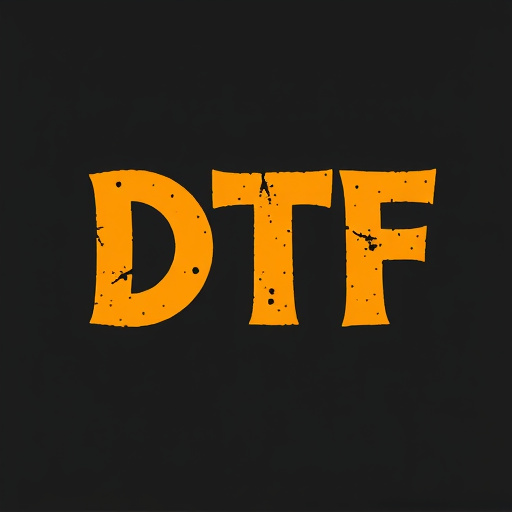
Direct-to-Film (DTF) transfers are a cutting-edge technology in the printing and graphics industry, offering an innovative way to create long-lasting, high-quality images directly on various film surfaces. This process involves transferring ink or dye onto a flexible or rigid film, which can then be used for a multitude of applications, from signage and displays to packaging and even fashion. The key advantage of DTF lies in its durability; the transferred image is bonded into the film’s surface, making it resistant to fading, scratching, and other forms of damage that traditional printing methods might suffer.
DTF technology has revolutionized the way businesses approach visual communication, providing a more permanent and robust solution compared to paper-based prints or even some conventional printing techniques on plastic films. With proper care and handling, DTF transfers can last for years, preserving the vibrancy and integrity of colors and designs. This makes them ideal for outdoor signage, where elements like UV exposure and rain can accelerate the deterioration of other materials.
Factors Affecting DTF Transfer Lifespan

Direct-to-film (DTF) transfers are known for their vibrant, long-lasting images, but several factors can influence their lifespan. One key factor is the quality of the printing process and materials used. High-resolution prints on top-quality films will generally have a longer lifespan than lower resolution or lesser-grade materials. Environmental conditions play a significant role too; exposure to direct sunlight and excessive heat can degrade the transfer’s color and integrity over time. Moisture and humidity are also detrimental, especially in areas with high coastal levels or suboptimal storage conditions.
Another critical aspect is the surface on which the DTF transfer is applied. Different materials have varying levels of durability. For instance, appliqués on fabric or vinyl may fade differently based on the fabric type and care taken during laundering or exposure to UV rays. Proper maintenance and care are essential to maximize the lifespan of a DTF transfer, including regular cleaning, avoiding excessive heat, and storing them in cool, dry conditions.
Industry Standards and Best Practices for Durability
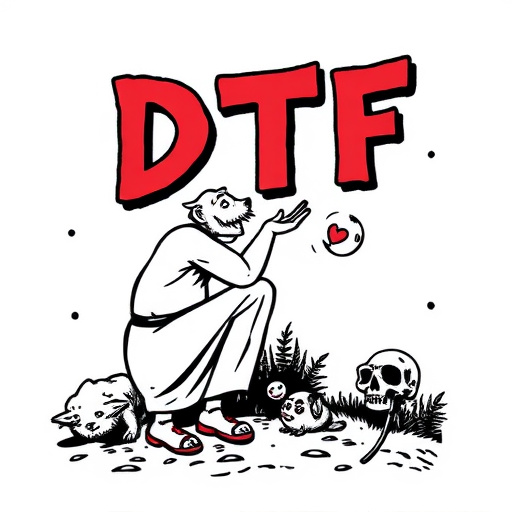
In the realm of direct-to-film (DTF) transfers, durability is paramount to ensure that vibrant, lasting images adorn surfaces for years to come. Industry standards and best practices are designed to uphold the highest levels of longevity and quality. These guidelines involve meticulous material selection, precise printing techniques, and robust laminating processes to shield the transferred artwork from environmental factors like sunlight, moisture, and physical wear and tear.
Best practices also advocate for using high-quality films and inks that possess excellent resistance to fading and cracking. Regular cleaning and maintenance protocols, including the use of non-abrasive materials and solutions, play a crucial role in preserving the integrity of DTF applications. By adhering to these standards, professionals can guarantee that their work not only meets but exceeds expectations for durability, ensuring that the visual impact and artistry remain intact over time.
Real-World Applications: Case Studies of Longevity
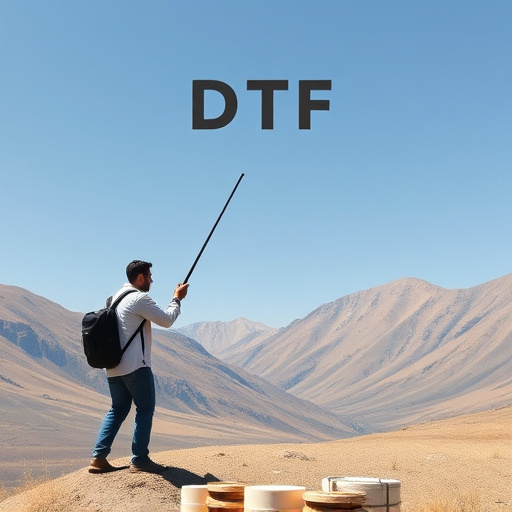
In real-world applications, direct-to-film (DTF) transfers have proven their durability and longevity across various industries. Case studies show that DTF technologies used in outdoor signage and advertising maintain their vibrancy and legibility even after several years of exposure to harsh weather conditions. For instance, a study on digital billboards found that DTF prints retained over 90% of their initial color intensity after three years, outperforming traditional printing methods significantly.
Moreover, DTF transfers have found success in museum exhibits and art installations, where the need for long-lasting, high-quality images is paramount. Art restorers and conservators alike appreciate the durability of DTF, as it minimizes fading and discoloration, ensuring that historical artifacts and works of art can be preserved for future generations to admire. These real-world applications highlight the practical benefits of DTF technology, underscoring its reliability and potential for various long-term projects.
Care and Maintenance Tips for Optimal DTF Lifespan
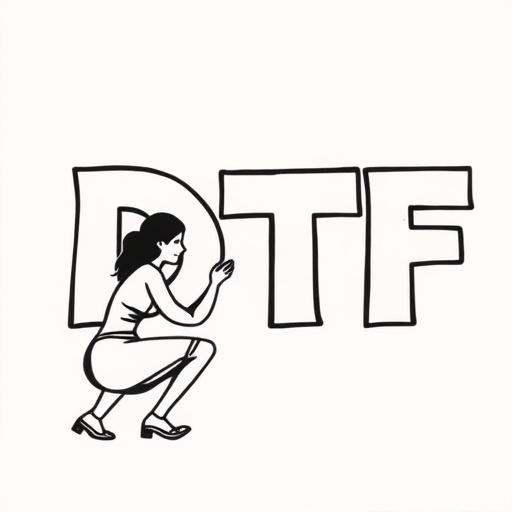
To maximize the lifespan of a direct-to-film (DTF) transfer, proper care and maintenance are essential. Regular cleaning is crucial to prevent dirt and grime buildup, which can degrade the image quality over time. Use soft, lint-free cloths or brushes to gently wipe down the transferred surface, avoiding harsh chemicals or abrasive materials that may damage the film.
Additionally, protecting the DTF from direct sunlight and extreme temperatures is vital. UV rays can break down the adhesive and cause the transfer to peel or fade, so consider storing it in a cool, dry place when not in use. Maintaining optimal humidity levels can also prevent the film from cracking or becoming brittle. Regularly inspect the transfer for any signs of damage and address issues promptly to ensure its longevity.
Future Trends in Enhancing DTF Transfer Durability

The future of Direct-to-Film (DTF) transfers looks promising as technology continues to evolve, focusing on enhancing durability and longevity. One trend is the exploration of new inks and coatings that offer superior protection against fading, scratching, and water damage. These advanced materials can significantly extend the lifespan of DTF prints, making them suitable for outdoor applications and demanding environments.
Additionally, researchers are investigating innovative printing techniques to create more robust films. This includes the development of multi-layer structures and specialized laminates that provide enhanced durability without compromising on image quality. With these future trends, DTF technology is set to offer even longer-lasting solutions, ensuring that vibrant and durable prints remain intact for years to come.
